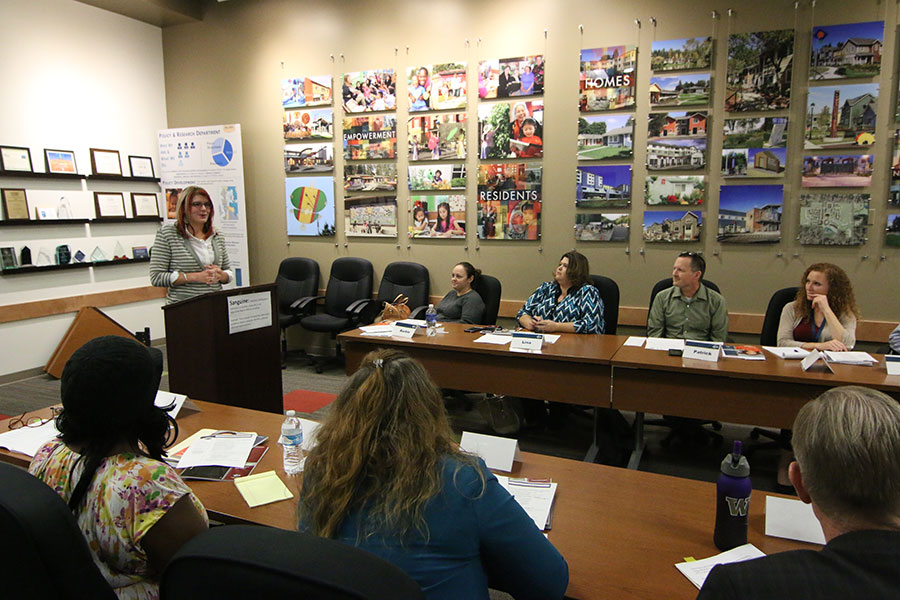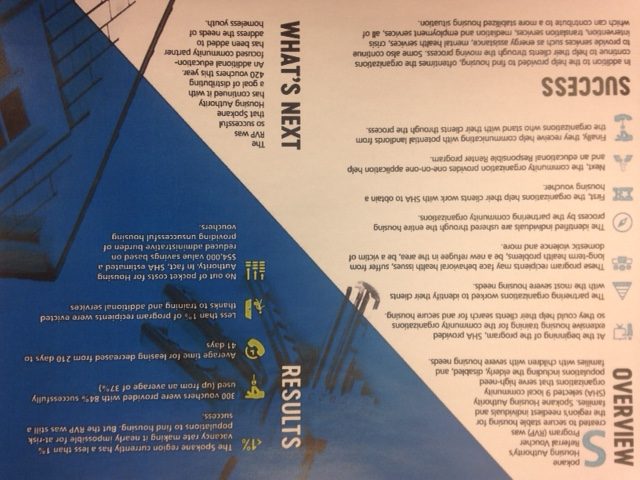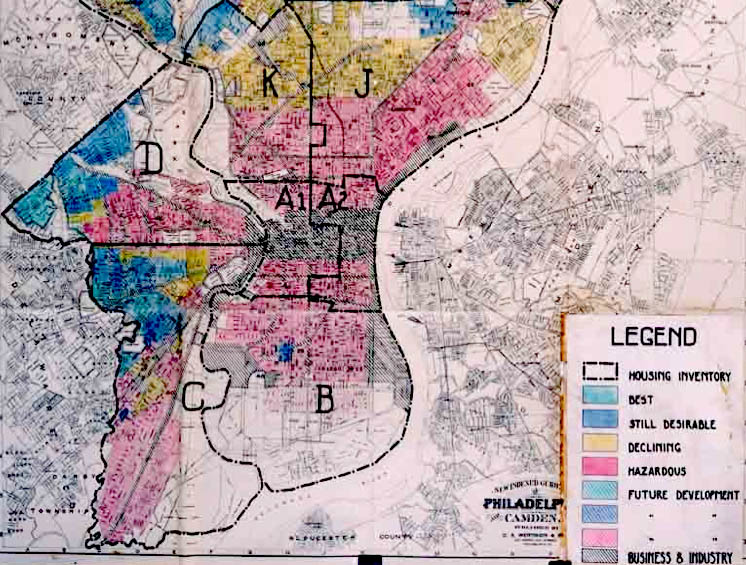Awards of Excellence: Homelessness – Let’s Talk About It!

The County of San Diego Housing and Community Development Services (Calif.) wins a 2017 Award of Excellence for developing a robust training program to provide frontline staff with tools and techniques to improve their engagement and interactions with homeless individuals and to connect them with community resources. Nominated from among the NAHRO Award of Merit winners each year, the Awards of Excellence winners are chosen by national juries and honored at the annual National Conference and Exhibition in October. They represent the very best in innovative programs in assisted housing and community development. This agency recieved an award in the Administrative Innovation category, which includes programs that improve the efficiency or effectiveness of administrative operations or the general functioning of the agency.
With 8,692 homeless persons identified during the 2016 point-in-time count, the County of San Diego (Calif.) has the fourth largest homeless population in the nation. Of those, 4,940 were unsheltered, meaning they were living on the streets or staying in locations such as a car, park, or campground. In addition to not having a permanent home, many homeless individuals experience multiple health challenges such as physical disabilities, substance use disorders and serious mental illness. According to the San Diego County Regional Taskforce on the Homeless, 39 percent of unsheltered people have a disability, eight percent have a substance use disorder and 14 percent have a serious mental illness. This highly vulnerable population is in need of assistance and services, and their challenges often lead them to use high-cost services such as emergency rooms and crisis intervention.
San Diego County employees can be and often are the first line of contact for the homeless. In order to support staff in this role, the County of San Diego Housing and Community Development Services (HCDS) developed a robust training program to provide frontline staff with tools and techniques to improve their engagement and interactions with homeless individuals and to connect them with community resources. The program trains participants to use trauma-informed communication – an approach that focuses on how trauma (extreme stress that overwhelms a person’s ability to cope) may affect an individual’s life and their response – in order to better understand a homeless person’s circumstances and to refer them to appropriate resources. This focus on trauma-informed communication, as well as on resources and referrals, is intended as a more effective alternative to enforcement and punitive actions.
Once HCDS staff identified the need for a training curriculum, they solicited feedback from county groups regarding their staff’s experiences and encounters with homeless people. This helped to identify the key Point of Contacts (POC): the employees who came into contact with and interacted with homeless people more frequently. The feedback identified library, park, and public benefits (welfare, food stamps, etc.) personnel as being in need of immediate training. HCDS asked the POCs about their experiences, needs and challenges and developed the curriculum with these in mind. Specific needs identified included how to interact and communicate with homeless individuals in an effective and compassionate way, how to provide information about housing and food resources available in each region, and how to understand the general make up of San Diego’s homeless population. The curriculum also used materials created by the Regional Continuum of Care (RCCC) council; HCDS also consulted with regional providers on the handout materials and regional resources.
Professional materials developed for the initiative include:
- A best practices guide for engaging with persons experiencing homelessness, which includes regional statistics, ways to assist and an easy-to-understand green, yellow, and red light approach to engagement;
- A trauma-informed approach desk guide on how to communicate with the homeless that discusses how to recognize, understand and respond to the effects of all types of trauma;
- Comprehensive regional hand-outs on community resources, customized by geographic region;
- An easily accessible online training entitled Homelessness: Let’s Talk About It, which includes information on regional homelessness, homeless subpopulations, solutions and access to above referenced materials; and
- In-person trainings customized to meet the unique needs of each County department.
Developing the curriculum and designing the professional materials took approximately six months. The staff education and training component is an ongoing effort and includes outreach to all county departments and management groups.
All County of San Diego employees have quick access to the training and education materials via the County’s Learning Management System.
The training initiative began in February 2016 and has yielded positive results. More than 180 county employees have completed the “Homelessness: Let’s Talk About It” curriculum. Ninety percent of those who completed the training reported that the materials are useful to their work and that they learned new information. Additional survey feedback included acknowledgement of easy-to-understand materials and their relevance to employees’ work and personal interactions with homeless people. Employees from the following work units completed the training: Parks and Recreation, Animal Services, Library, Public Safety, District Attorney, Fire Authority, Office of Emergency Services, Health and Human Services Agency Family Resource Center, Sheriff Department and Executive Offices. HCDS continues to serve as a resource to all county departments in the effort to end homelessness and will conduct real-time updates to the training to ensure that it continues to be a valuable resource in helping County staff to assist the homeless and refer them to valuable resources in the community.
More Articles in this Issue
News Briefs
People FHLBank San Francisco Names Marietta Núñez Community Investment Officer On February 15, 2018, the…Awards of Excellence: Speakers of the House
The King County Housing Authority (Wash.) won a 2017 Award of Excellence for its initiative to…Awards of Excellence: Referral Voucher Program
The Spokane Housing Authority (Wash.) designed a one-year pilot program to collaborate with local agencies…Transition Brings Opportunity: 2017 Regulatory Year in Review
Looking back at 2017, a theme became clear: transition. From a new President and HUD…Meet the 2017-2019 NAHRO Leadership
NAHRO President: Carl S. Richie, Jr., NCC, NAHRO-Fellow Chairman, Board of Commissioners Housing Authority of…Walls and Bridges, Part 2: How Our Past Choices and Current Biases Continue to Shape Our World
What you leave behind is not what is engraved in stone monuments, but what is…




